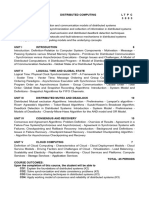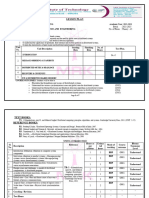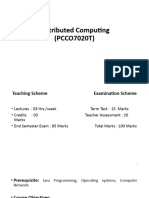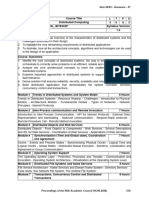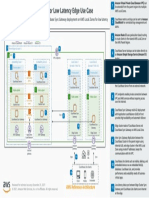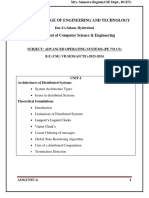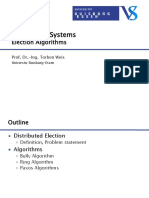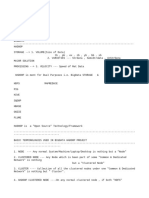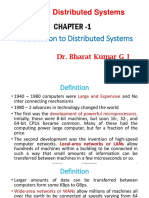0% found this document useful (0 votes)
131 views4 pagesCloudComputing Syllabus
The document outlines a course on Distributed and Cloud Computing, detailing its objectives, outcomes, and content structure. It covers topics such as cloud computing principles, distributed systems, mutual exclusion algorithms, and consensus mechanisms. The course aims to equip students with foundational knowledge and practical skills in these areas, supported by various textbooks and assessment components.
Uploaded by
aarsha.brCopyright
© © All Rights Reserved
We take content rights seriously. If you suspect this is your content, claim it here.
Available Formats
Download as PDF, TXT or read online on Scribd
0% found this document useful (0 votes)
131 views4 pagesCloudComputing Syllabus
The document outlines a course on Distributed and Cloud Computing, detailing its objectives, outcomes, and content structure. It covers topics such as cloud computing principles, distributed systems, mutual exclusion algorithms, and consensus mechanisms. The course aims to equip students with foundational knowledge and practical skills in these areas, supported by various textbooks and assessment components.
Uploaded by
aarsha.brCopyright
© © All Rights Reserved
We take content rights seriously. If you suspect this is your content, claim it here.
Available Formats
Download as PDF, TXT or read online on Scribd
/ 4












